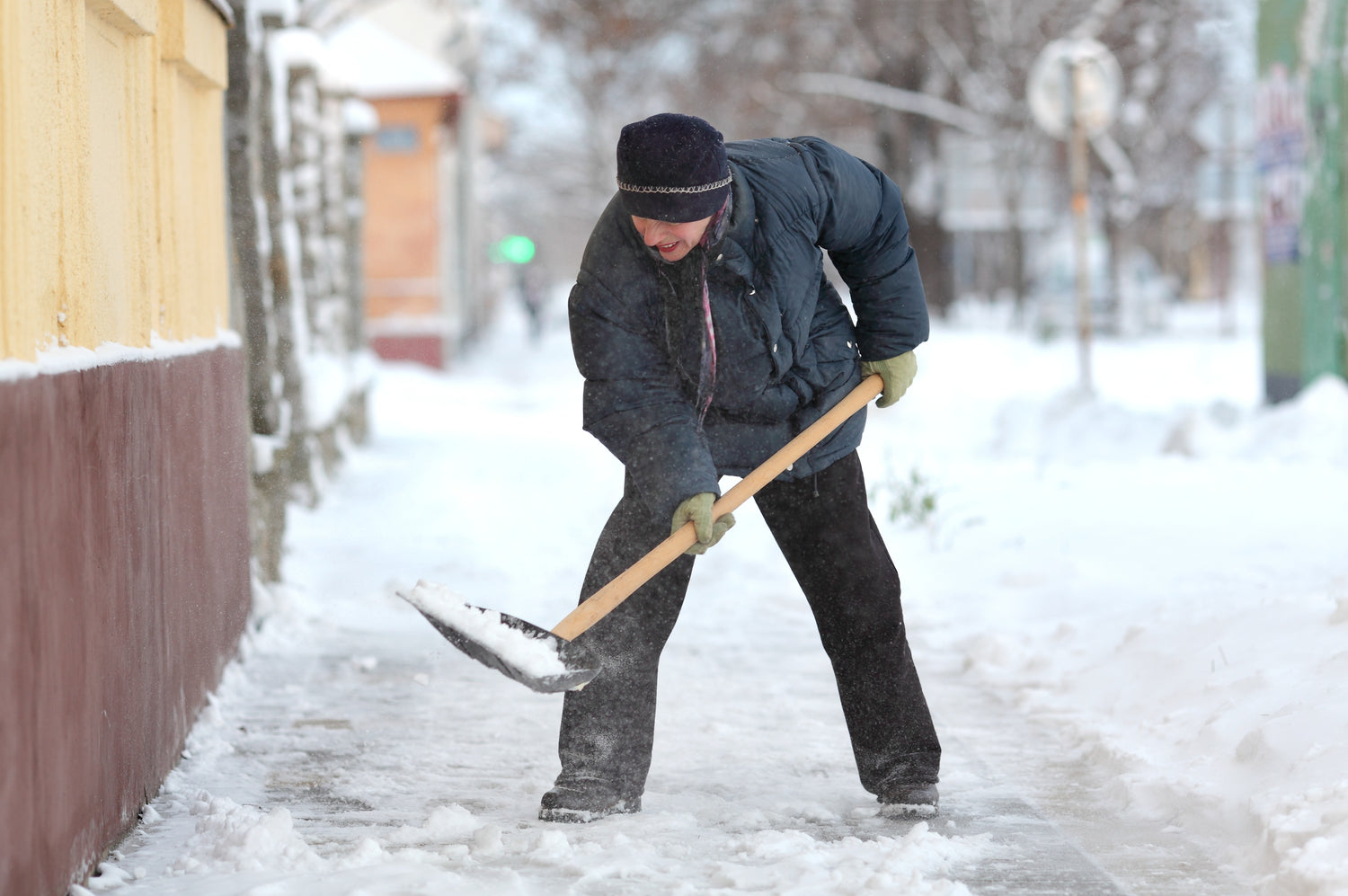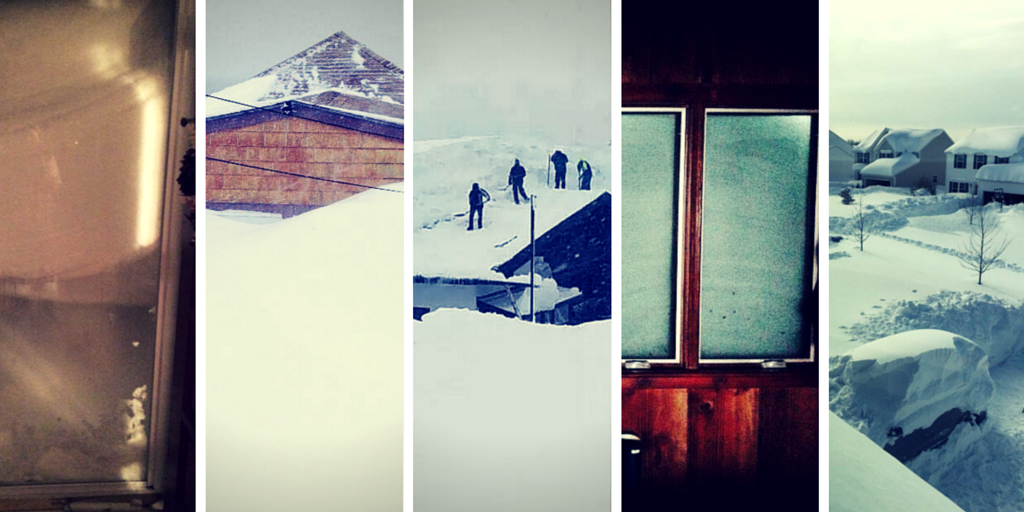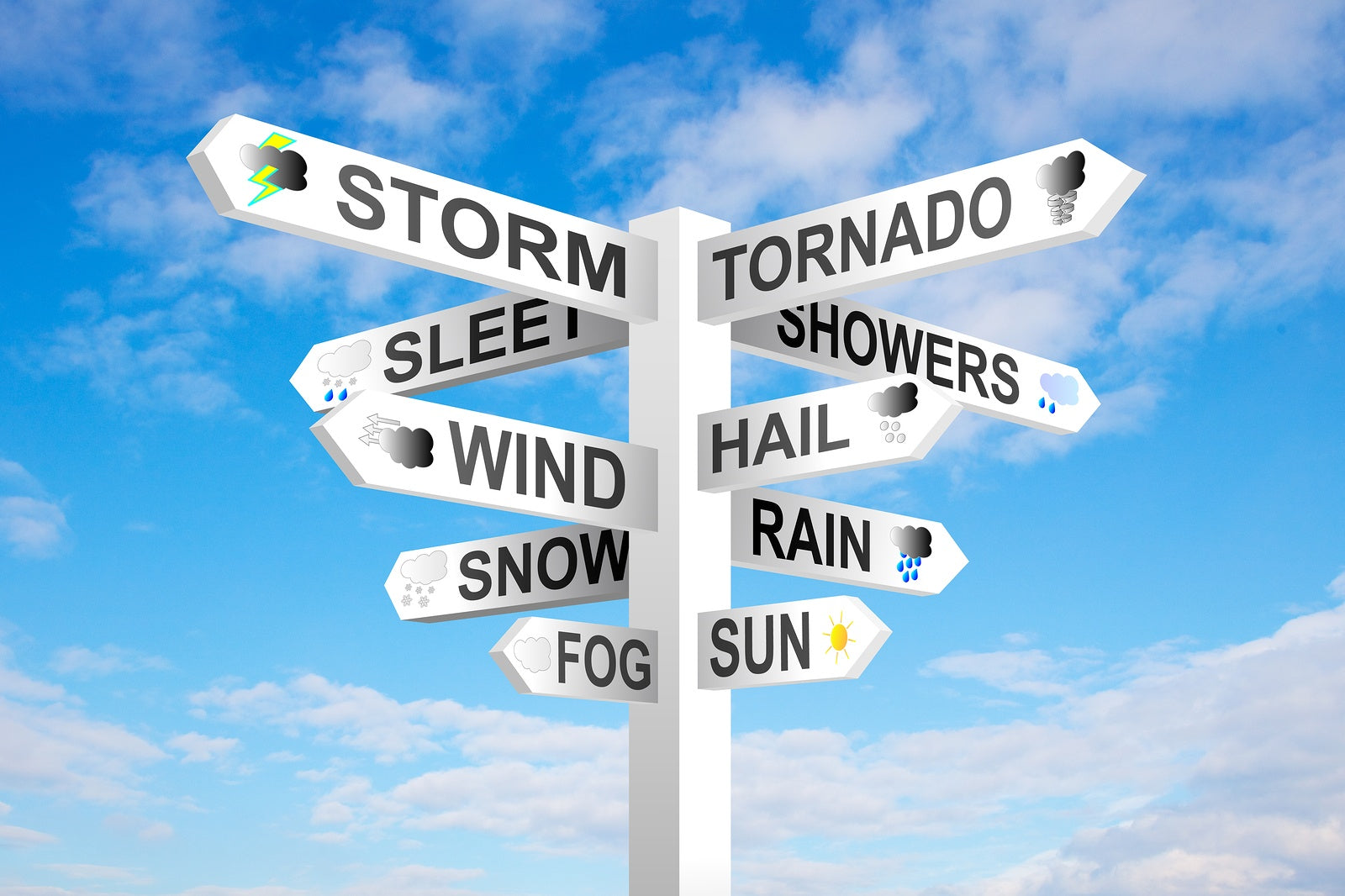
The American Journal of Emergency Medicine has recently published the results of a 17-year study that documents the most common injuries associated with shoveling snow. The study found that 11,000 people were hospitalized per year, and 195,000 across the whole span, due to accidents stemming from snow shoveling. Most of these injuries fell into the following categories: back injuries, head injuries, bone fractures, and heart attacks/strokes.
Specific Findings of the Study
The most common reasons for sustaining a snow shoveling injury included: slip and fall accidents, overexertion, and being struck by a shovel. Overexertion often leads to heart stress and heart attack, especially in those over 55, who are more than four times as likely to suffer a heart-related injury during shoveling. The heavy workload that snow shoveling entails, along with the risk of hypothermia while shoveling in sub-freezing temperatures, greatly increases the risk. Children, on the other hand, were 15 times more likely to be injured by a shovel, and most of these incidents involved a head injury. The cause was usually one of two things: improper shoveling techniques or horseplay with the snow shovel.
Slipping and falling is a risk to all ages, though the elderly are somewhat more likely to fall and much more likely to sustain bone fractures and other serious injuries if they do fall. Fractured bones were located in the arms and hands more than any other body region, apparently because of the natural impulse to use one's hands to break a fall. Torn or sprained muscles, tendons, and ligaments are also a major risk, along with cuts and bruises. When back injuries occurred, largely due to over-exertion, it was the lower back that was most often affected.
Finally, one last finding of the study should be noted: while only 7% of snow shoveling injuries were related to heart problems, every single snow shoveling fatality was heart-related.
Ways to Minimize the Risks
If you have a serious heart condition or, if for any reason, your doctor recommends you not shovel snow, you should eliminate the risk by having a relative, neighbor, or professional remove your snow for you. If you do engage in snow shoveling, however, here are some ways you can minimize the risk of injury:
- Use a good shovel: Many shovels have no hand grips, are too long/short, and are made out of heavy steel. The result is that you must bend, twist, and overexert in order to move the snow, which can hurt your spine. Find a lightweight plastic or aluminum shovel with an adjustable length and with an ergonomically curved shaft to reduce the risk of muscle injury.
- Shovel straight ahead: Never toss snow over the shoulder, since this involves twisting the body. Instead, shovel straight ahead to minimize the necessary movements. Also, push snow instead of lifting it whenever possible, and don't walk the snow long distances.
- Guard against slips: Wear slip-resistant boots or shoes, never walk on ice, always walk slowly when walking on snow, and salt and sand as you go. Also, consider buying a snow melting mat to keep the path from your doorway to the driveway snow-free and dry.
- Prevent hypothermia: First, warm up inside before shoveling, and even then, take frequent breaks. Aim to shovel in the late morning or early afternoon when temperatures are highest, and wear warm, layered clothing.
Every year, thousands of people are seriously hurt while shoveling snow, primarily suffering heart, head, back, and bone injuries. This demonstrates that snow shoveling is a much riskier activity than most people realize, but thankfully, there are also ways to manage the risks.


